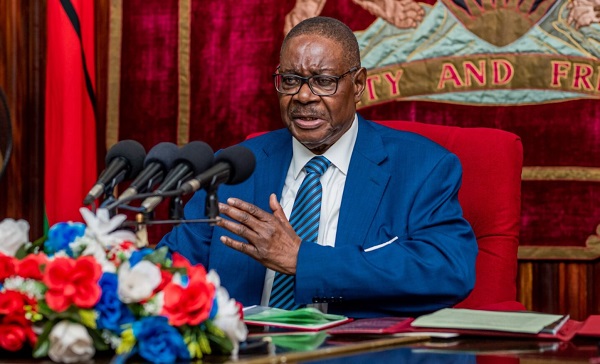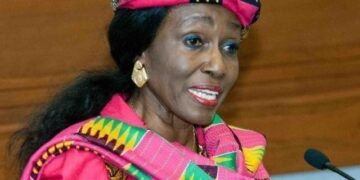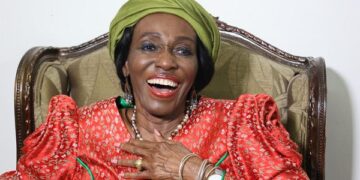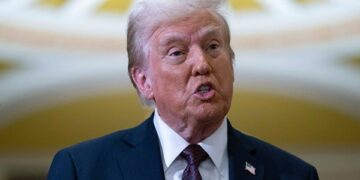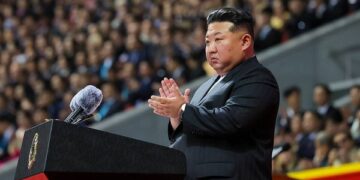LILONGWE, Oct 22 (The African Portal) – Malawi’s education sector is abuzz with mixed excitement and caution following President Arthur Peter Mutharika’s announcement that Free Secondary School Education will officially roll out in January 2026 — a move hailed as historic, yet one that demands strategic planning and strong investment to succeed.
The President made the declaration on Sunday during the 17th Mulhakho wa Alhomwe Cultural Festival held in Chonde, Mulanje, emphasizing his administration’s vision to remove financial barriers that keep many students out of school.
“Primary and Secondary Schools will be free,” Mutharika said. “We don’t want absenteeism because of alcohol or drug abuse. We want discipline. Parents and guardians should have no excuse for failing to send their children to school.”
The announcement has been described as a “bold and forward-looking decision” by the Private Schools Association of Malawi (PRISAM), which said the policy represents a major stride toward inclusive education and national development.
PRISAM Calls for Proper Planning and Support
PRISAM President Enerst Kaonga, who also heads
Maranatha Academy, praised the President’s decision but urged government to address key structural challenges that could undermine the success of free secondary education.
“We fully support this vision,” Kaonga said. “But for it to be sustainable and meaningful, government must recruit and motivate qualified teachers, expand classroom infrastructure, and ensure enough learning materials. Overcrowded classrooms will only weaken standards.”
Kaonga emphasized that private schools stand ready to complement government efforts, noting that the private sector’s strength lies in quality, discipline, and performance. He added that collaboration between private and public schools could help balance access and excellence.
Civil Society Backs the Policy but Urges Caution
The Civil Society Education Coalition (CSEC) has also welcomed the policy, calling it a progressive and commendable step toward equitable access to education.
CSEC Coordinator Benedicto Kondowe said the initiative aligns with the United Nations Sustainable Development Goal 4 (SDG 4) and the Malawi 2063 Agenda, both of which promote inclusive and quality education for all.
“This is a powerful commitment,” Kondowe said. “But free education must come with proper planning and sustainable financing. Otherwise, quality will suffer.”
He underscored the need for government to prioritize teacher recruitment, school infrastructure, adequate learning materials, and strong management systems ahead of the 2026 rollout.
Balancing Equity with Quality
Education analysts say Malawi’s move toward free secondary education could be transformative, especially for poor families who struggle to afford school fees. However, they warn that without sufficient preparation, the country risks overcrowded classrooms, overworked teachers, and a decline in learning outcomes.
Governance and education expert Dr. George Chaima observed that while free education expands access, it must also guarantee quality learning environments.
“It’s not enough to put students in classrooms,” Chaima said. “We must ensure those classrooms have teachers, books, desks, and motivation. Otherwise, free education becomes free frustration.”
The Bigger Picture: A Nation’s Promise to Its Children
Malawi’s education journey has evolved steadily since the introduction of Free Primary Education in 1994, which opened school doors to millions of learners. The forthcoming free secondary education policy builds on that legacy — marking a new era of opportunity for the next generation.
If effectively implemented, the initiative could lift thousands of families out of poverty, bridge inequality gaps, and equip the youth with the knowledge and skills needed for the country’s socio-economic transformation.
As President Mutharika’s administration works toward the January 2026 rollout, the message from educators, civil society, and the private sector is clear: access must go hand in hand with quality.
Malawi’s challenge now is not whether it can make education free — but whether it can make it truly transformative.
Credit: nyasatimes
